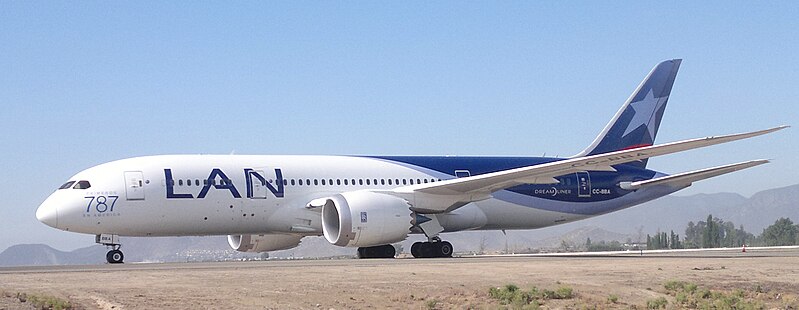From Bangalore, the technological capital of India, the number one destination is San Francisco and the surrounding bay area, followed by Los Angeles, both in California.
Good news from two behemoths of the Star Alliance, Lufthansa and Singapore Airlines both of whom operate the Airbus A380 superjumbo.
Lufthansa will upgrade its current daily Boeing 747-400 service to an A380 service between Frankfurt and San Francisco from May 10, 2011. The German carrier will be the first airline to operate an A380 to the technology city.
LH454 will depart Frankfurt at 0935 and arrive San Francisco at 1155
LH455 will depart San Francisco at 1420 and arrive Frankfurt at 1005+1
Lufthansa current operates A380 services to Johannesburg, South Africa, Tokyo, Japan, and Beijing, China. It will commence services to New York in February which will be ramped up to daily service by April 10, 2011 as the carrier receives more aircraft from the airframer, Airbus.
Visit the Lufthansa A380 micro-site.
From the summer 2011 schedule which commences on March 27, 2011, A380 launch customer Singapore Airlines, will upgrade is ultra-profitable SQ11/SQ12 Singapore-Tokyo Narita-Los Angeles service from the current Boeing 747-400 to an Airbus A380.
SQ12 departs Singapore Changi at 0925 and arrives Tokyo Narita at 1730
SQ12 departs Tokyo Narita at 1915 and arrives Los Angeles at 1330
SQ11 departs Los Angeles at 1545 and arrives Tokyo Narita at 1915+1
SQ11 departs Tokyo Narita at 2050 and arrives Singapore Changi 0310+1
On the Boeing 744 service the stop in Tokyo is 1h10m. Compare this to 1h45m for the A380 which explains the shift in the Singapore arrival time from the current 0140 to 0310.
One of the reasons for this long stop at Narita is the insistence of the Japanese authorities for all continuing passengers to deplane, undergo security, wait in the boarding area and then re-board the aircraft. A rather irritating additional process.
The odd arrival time at Singapore ensures that Bangalore, Chennai, Delhi and Kolkata passengers are going to have to wait almost 17 hours for a connection. Ouch!! From July-August onwards once the runway upgrade at Mumbai is complete, passengers will have a short four hour wait.
Considering this is one of the most lucrative routes for the carrier, it was puzzling why the airline took so long to upgrade the service to an A380.
The most likely scenario is -- Singapore Airlines holds "fifth freedom" rights on this route which enables it to carry passengers originating from Japan and the United States between the two countries. Fearing a disadvantage to their own carriers, Japan was reluctant to grant the island nation A380 operational permission.
Let's face it, across classes, but most especially in the premium classes, the
Singapore Airlines A380 beats anything ANA or JAL currently offer or will offer for some time to come. The three US carriers (American, Delta and United) are not even on the same planet be it cabin or cabin crew. However, all these competitors will have service to the US west coast from in-city Haneda airport while Singapore Airlines will still use Narita.
Singapore Airlines already has a terminator-turn-around A380 Singapore-Tokyo service which will be downgraded to an A330-300 once the change is made.
What also remains to be seen is the impact the A380 service will have on the SQ38/SQ37 non-stop Singapore Los Angeles Airbus A340-500 all business class service. Passengers will now have a choice of extra comfort on-board the A380 compared to a faster service of the A345.
As a passenger assuming you are flying business class which one would you prefer? Do you think there is enough traffic to fill two large business classes every day?









.jpg)












